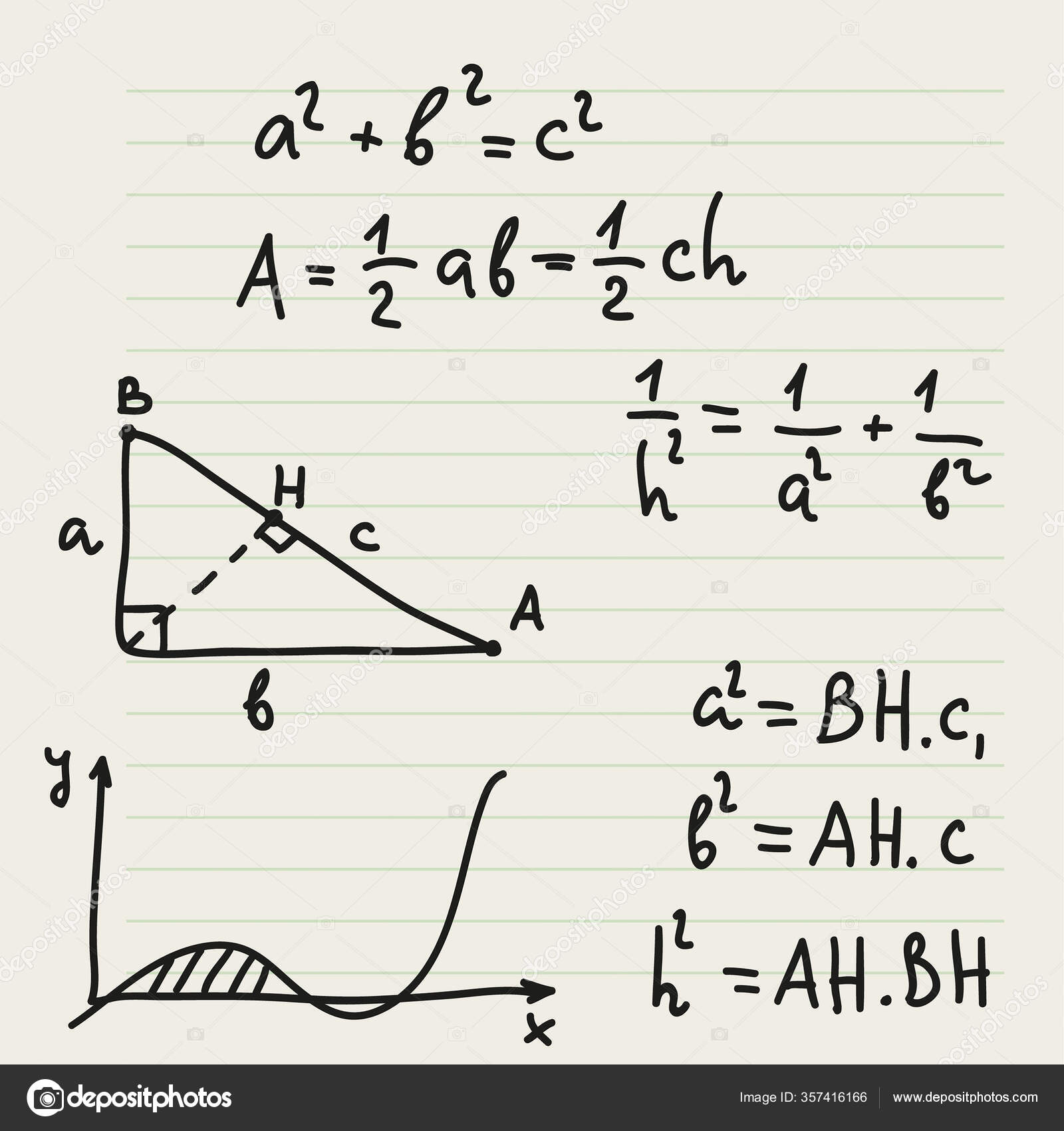

In our context, the purpose of resorting to the notion of the conjugate function is our expectation that such a function, which bounds a (PDF) function as in Eq.

Furthermore, if the involved function is neither convex nor concave, one can search for invertible transformations that render it convex or concave. Note that following this definition, the conjugate function is concave, being the result of point-wise minimization of a set of concave functions (an affine function can be considered either convex or concave). We will soon see how we can make this linear function bound a nonlinear one it suffices to transform the argument of the function.Īll that has been said for convex functions applies to concave ones if we replace the max operation in Eqs. The bound becomes tight at x = x ⁎ (see Fig. Where the right-hand side is the linear function g ( x ) describing the hyperplane tangent to f ( x ) at x ⁎.

Proofį ( x ) ⩾ f ( x ⁎ ) + ( x − x ⁎ ) T ∇ f ( x ⁎ ) , The maximum rate of change in f ( x) at any point x* is the magnitude of the gradient vector. Of course, any small move along the direction T results in no change in the function since T is tangent to the surface. 11.4, a small move along the direction c will result in a larger increase in the function, compared with a similar move along the direction u. (g), then, df/ dt represents the maximum rate of decrease for f ( x) when θ = 180 degrees.Īccording to the foregoing property of the gradient vector, if we need to move away from the surface f ( x) = constant, the function increases most rapidly along the gradient vector compared with a move in any other direction. Similarly, when θ = 180 degrees, vector u points in the negative c direction. (g), df/ dt represents the maximum rate of increase for f ( x) when θ = 0 degrees. When θ = 0 degrees, vector u is along c and cos θ = 1. (g) will have extreme values when θ = 0 or 180 degrees. Where θ is the angle between the c and u vectors.


 0 kommentar(er)
0 kommentar(er)
